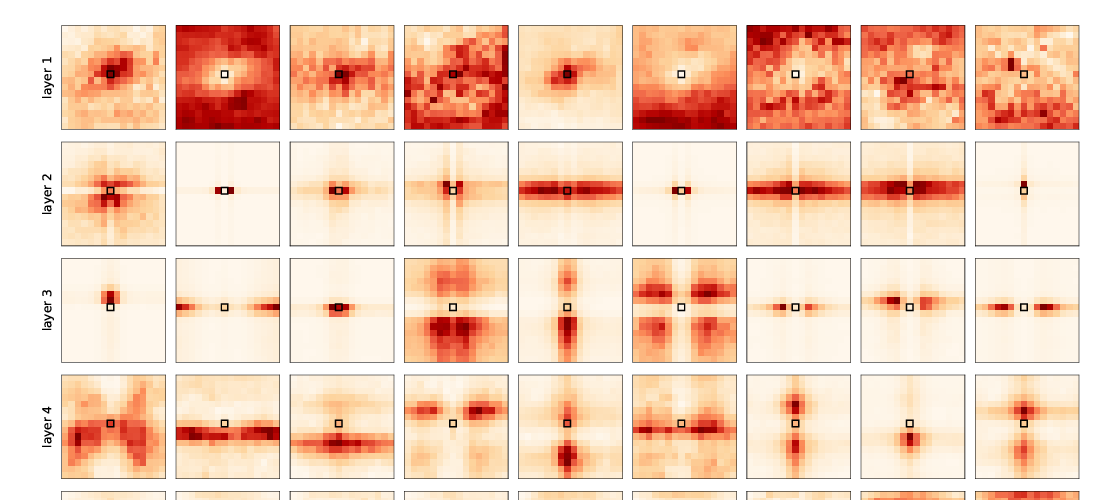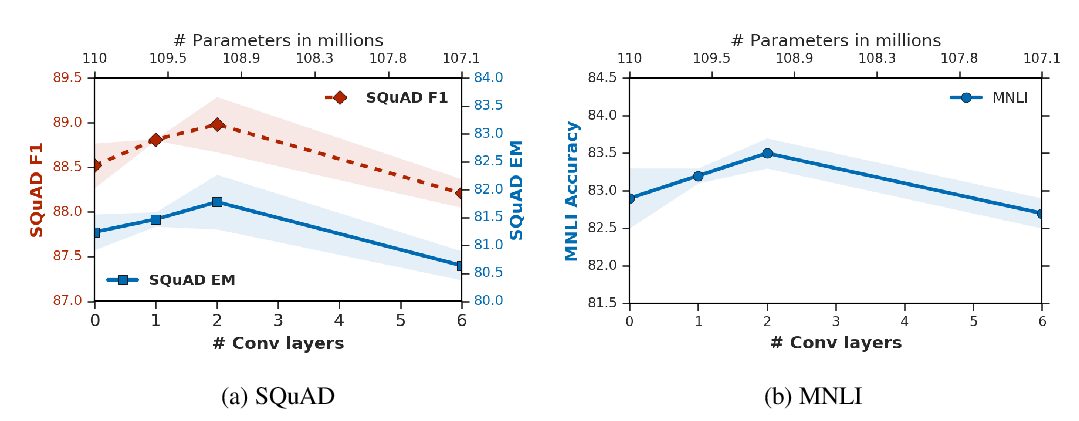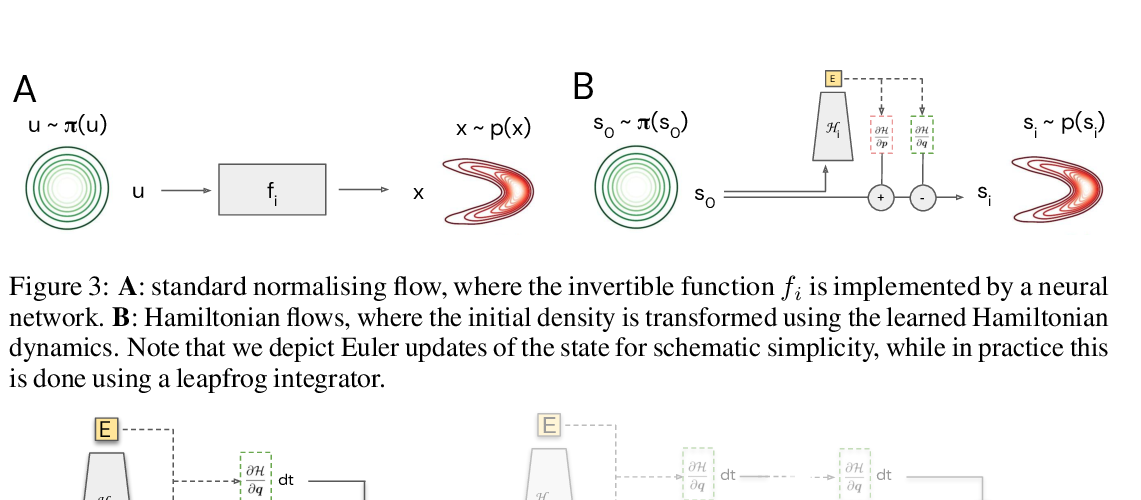Abstract:
We explore the role of multiplicative interaction as a unifying framework to describe a range of classical and modern neural network architectural motifs, such as gating, attention layers, hypernetworks, and dynamic convolutions amongst others.
Multiplicative interaction layers as primitive operations have a long-established presence in the literature, though this often not emphasized and thus under-appreciated. We begin by showing that such layers strictly enrich the representable function classes of neural networks. We conjecture that multiplicative interactions offer a particularly powerful inductive bias when fusing multiple streams of information or when conditional computation is required. We therefore argue that they should be considered in many situation where multiple compute or information paths need to be combined, in place of the simple and oft-used concatenation operation. Finally, we back up our claims and demonstrate the potential of multiplicative interactions by applying them in large-scale complex RL and sequence modelling tasks, where their use allows us to deliver state-of-the-art results, and thereby provides new evidence in support of multiplicative interactions playing a more prominent role when designing new neural network architectures.



